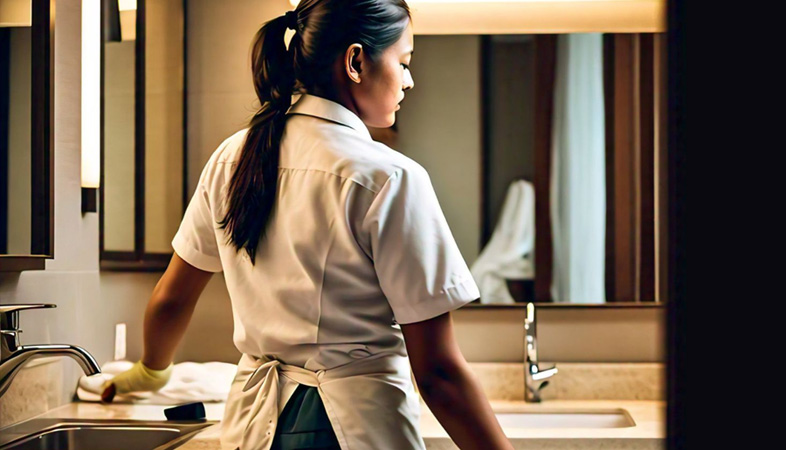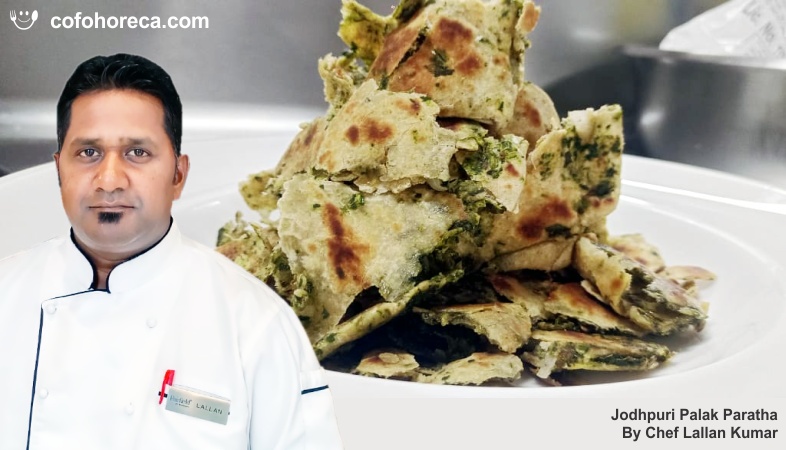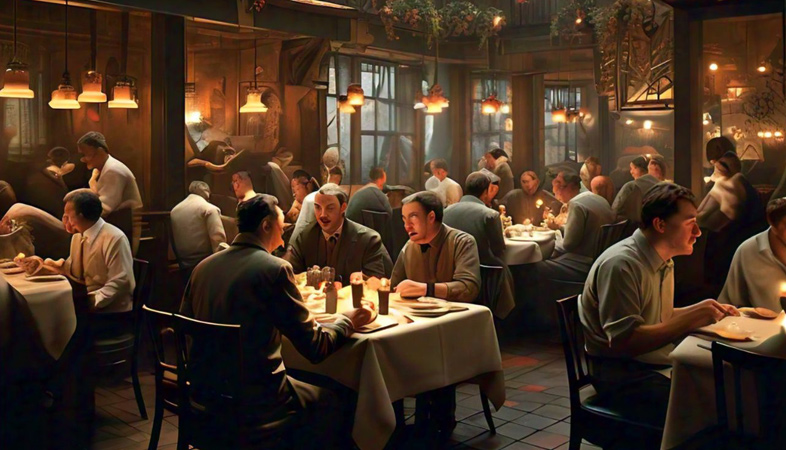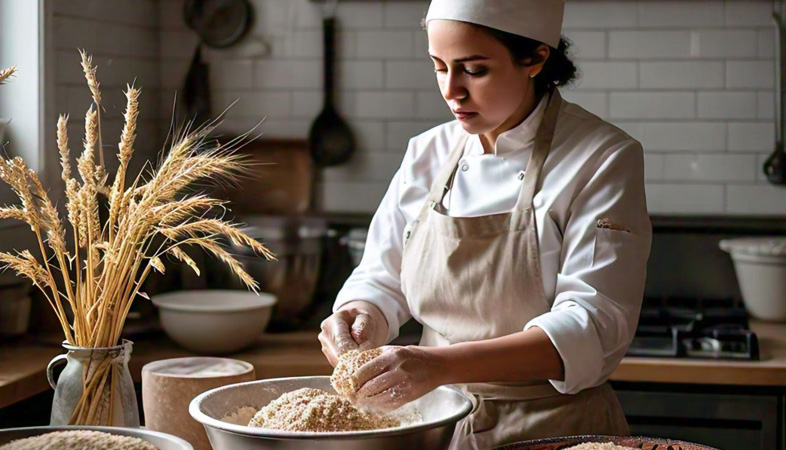SHARE
Commercials
More Posts
May 04, 2025
Jodhpuri Palak Paratha - By Chef Lallan Kumar
Jun 21, 2025
Khatta Meat - By Chef Dhum Singh
Jul 03, 2025
Indo Chinese Chicken Soup - By Chef Rohit Anand
May 04, 2025
Jodhpuri Palak Paratha - By Chef Lallan Kumar
Jun 21, 2025
Khatta Meat - By Chef Dhum Singh
Jul 03, 2025
Indo Chinese Chicken Soup - By Chef Rohit Anand
May 04, 2025
.png)



























